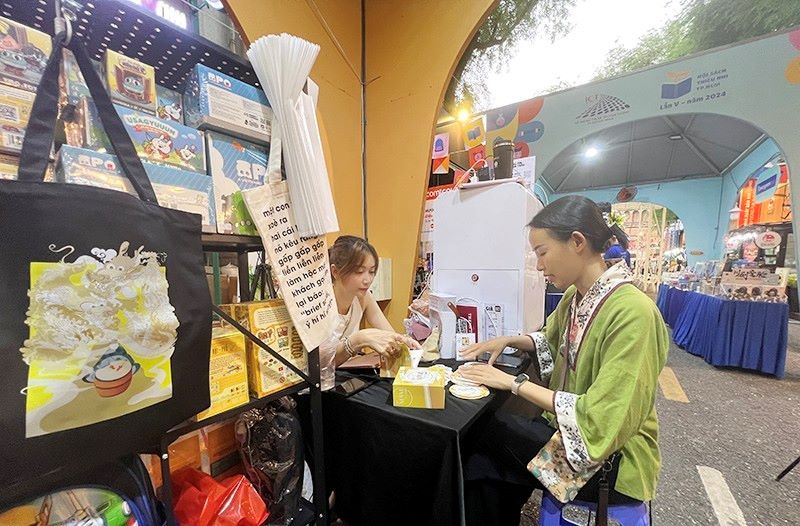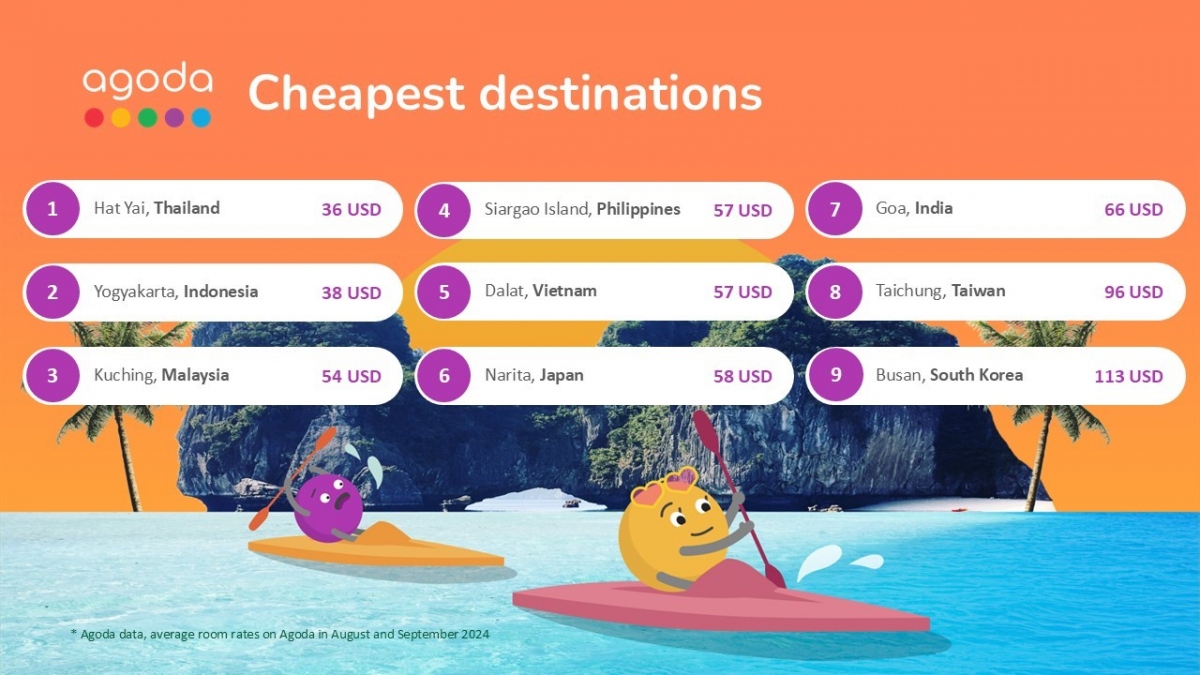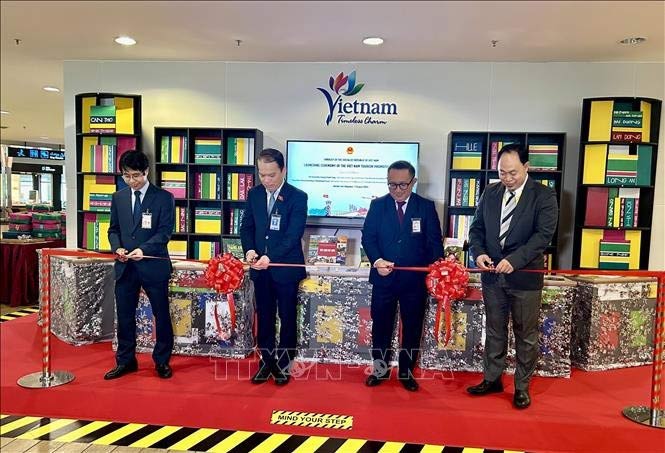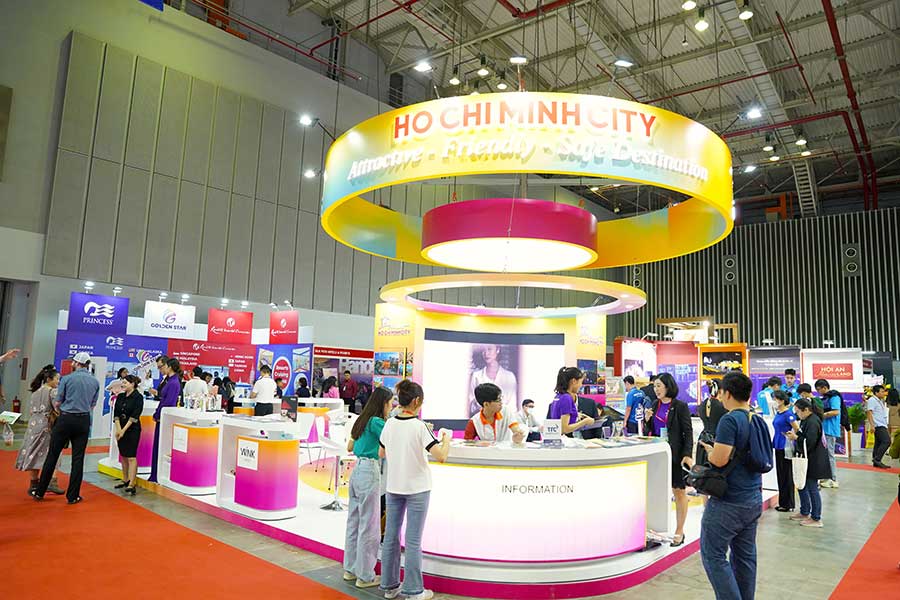In order to achieve the export growth target of 6% and continue to maintain a trade surplus, the effective implementation of free trade agreements (FTAs) commitments whilst accelerating the negotiation of new FTAs, as well as expanding and diversifying export markets, is a key solution that must be conducted.
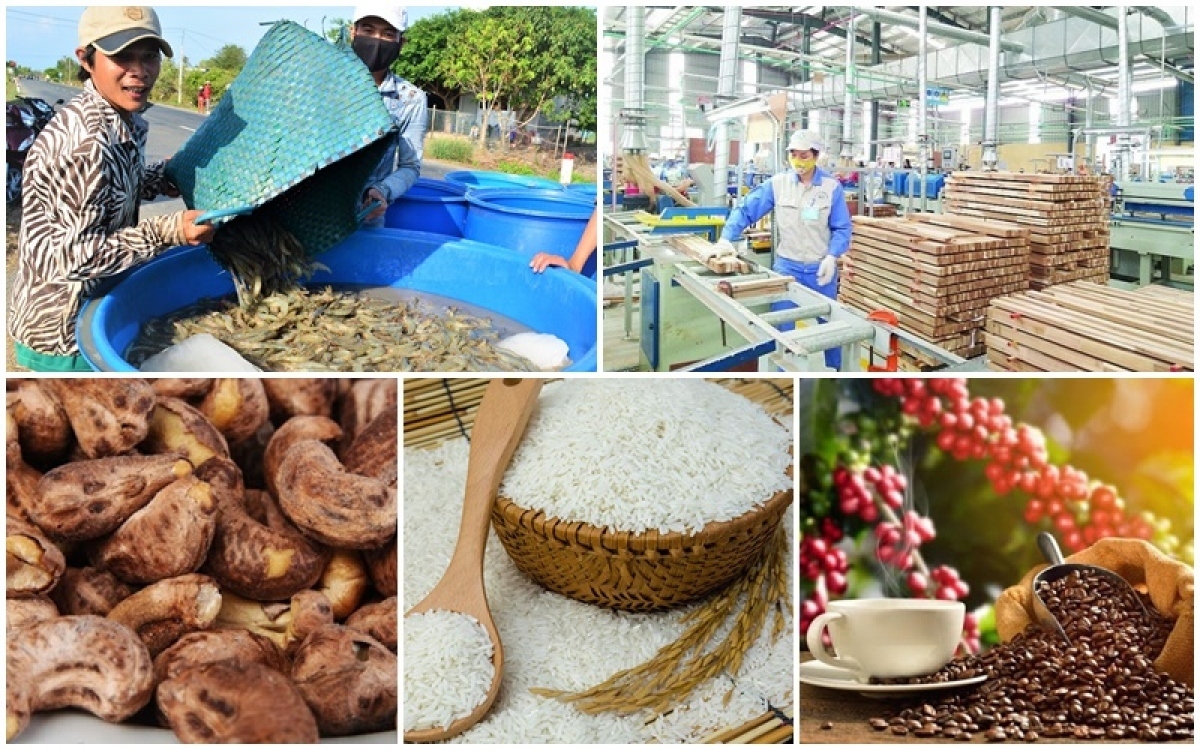
The Russia-Ukraine conflict continues to negatively affect the global economy, while the risk of economic recession, inflation, and rising interest rates has led to a decline in consumer demand in countries around the world, including in both the United States and Europe.
However, free trade agreements (FTAs) signed with partners in the European-American market such as the Comprehensive and Progressive Trans-Pacific Partnership (CPTPP), the EU-Vietnam Free Trade Agreement (EVFTA), the UK-Vietnam Free Trade Agreement (UKVFTA), Vietnam - Chile Trade Agreement, and the Vietnam-Eurasian Economic Union Free Trade Agreement (VN-EAEU FTA) continue to have a positive impact on the nation’s trade and investment, especially exports.
Therefore, Ta Hoang Linh, head of the European - American Market Department, affirmed that utilising the advantages from these existing FTAs will continue to be a priority in the year ahead.
Moving forward, it will be necessary to closely monitor the market situation, advise and propose co-operation frameworks and solutions to develop traditional markets, while also diversifying potential export markets. Along with this, local businesses must grasp information regarding new generation FTAs such as the CPTPP, the EVFTA, and the UKVFTA.
Obviously, promoting market and product diversification will contribute to reducing dependence on traditional markets and industries. Currently, markets such as the US, Germany, the UK, and the Netherlands account for a large proportion of Vietnamese exports.
Markets based in Northern Europe, Eastern Europe, and Latin America are in the process recording high growth rates. Although the proportion is small, there is still a lot of room for further growth and the country has recorded remarkable export growth in these markets over recent years
According to Ta Hoang Linh, export growth to Poland soared by 11%, whilst growth to markets such as the Czech Republic was at 14.6%, Denmark up 40%, Romania up 52.6%, and Slovenia up 14.1%.
If a methodical and appropriate approach is used then Vietnamese goods can promote their competitive advantages and strive to increase their presence in these markets, he went on to say.
Linh also underlined the need to increase and diversify key export products, enhance the exchange of commodity groups with competitive advantages, high technology content, high-added value, deep processing, and high-value products made from both the green economy and circular economy.
Furthermore, Luong Hoang Thai, head of the Multilateral Trade Policy Department under the Ministry of Industry and Trade (MoIT), stated that the implementation of FTAs has contributed significantly to the growth of Vietnamese exports to the markets of FTA partner countries.
Last year witnessed export turnover between the nation and CPTPP member countries grow by over 30% compared to 2021, while Vietnamese export turnover to the EU and the UK increased by over 20% on-year.
As for the Regional Comprehensive Economic Partnership (RCEP), the benefits of this agreement will be seen in the long term as it serves to establish a stable and long-term export market for Vietnamese goods, with the RCEP being the largest free trade area in the world in terms of population size.
It is therefore essential to actively implement FTAs from the beginning of the year, with a particular focus on some markets where local businesses have not been able to penetrate deeply and strongly, Thai said, adding that the MoIT is speeding up the process of concluding the negotiation of an FTA with Israel, as well as creating a step to be able to penetrate the Middle East market through the UAE.
With import-export turnover between the country and the Asia-Africa region reaching US$500 billion and accounting for nearly 68% of total Vietnamese export turnover to the global market, Le Hong Anh, head of the Asia-Africa Market Department, stated that to maintain exports, besides the quality of goods, it is necessary to master and update import policies of the host countries' markets.
Most notably, to make good use of FTAs, enterprises must ensure the source of input materials for export goods. In addition, it is imperative to promote exports to a number of niche and potential markets such as Bangladesh and Pakistan, whilst viewing these markets as a "springboard" to bolster exports to the Indian market which boasts a large purchasing power of more than 1.4 billion people, Anh stressed.
Attention should be paid to the African market with an import market share of US$600 billion per year, particularly as Vietnam has only exploited 0.6% of its market share.
According to Phan Van Chinh, head of the Import-Export Department, currently Vietnamese exports to markets with new FTAs account for only about 2%, with the proportion that the nation can exploit through the enjoyment of taxes and origin of goods is also roughly 33.61% of the 2% figure.
This shows that in order to take advantage of these markets, local enterprises must accelerate the transformation of production structure and improve the content of Vietnamese value in their products.
Phan Van Chinh, head of the Import-Export Department, also emphasized the reduction of logistics costs, a factor which the nation has plenty of room to improve as a competitive advantage in import-export activities.
According to representatives of state management agencies related to international trade activities of the industry and trade sector, the negotiation, signing, and implementation of FTAs must ensure sustainable development.
It can therefore be viewed as essential to make the best use of relations in FTAs to develop fundamental and breakthrough industries, in line with international trends such as green technology, the electronics industry with high technology content, biochemical and pharmaceutical industries, they said. They also added that these industries must be closely linked to regional and global supply chains.
https://english.vov.vn/



